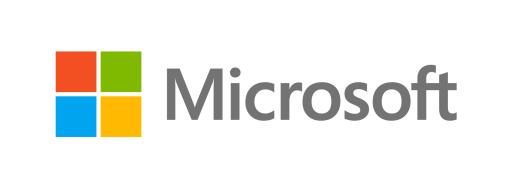

A total of the Essential brushes I use for nearly every single one of the renderings used in the many creatures and items painted within the pages of the Annomicon project.

Hi, this is a collection of the essential brushes used in the Annomicon project.
These brushes are used in nearly all of my rendering.
Each brush is labeled with keywords to make it easy to pick up, following the formula of Shape -> Opacity -> Hue -> Tilt -> (Purpose/Note)
Lacking one of these simply means that feature is not included in that brush.
Legend:
Shape - Round/Flat brushes or other shapes.
Opacity - Opacity is enabled.
Hue - This brush has a slight hue shift for more dynamic color range.
Tilt - A tilt effects the brush when using a stylus pen.
Wash - Easily use for glazing artworks in a color.
The Brushes:Wetwash - Watercolor

Usage:
This is a wet brush designed for glazing over artwork. Unlike the default watercolor brushes, it doesn't use custom brush tips. Instead, it has been carefully fine-tuned to create a 'shaped' feel without the significant lag often found in default watercolor tools. It is highly recommended for adding shadows, tonal shifts, and ambient lighting or changing light structures.
Recommended to use on a `Hard light` / `Normal` layer.

Example above showing a tonal shift in the ambient light to make a richer depth in the shape of the wyrm's head using a 60% opacity hard light layer.
Ancient Pen

Usage:
A gimmicky pen that feels slightly watery and runny. It's great for stylized line art and sketching in books or on paper for illustrations. It is heavily inspired by manga such as `Witch Hat Atelier`, `Made in Abyss`, and `Dungeon Meshi`, as well as the art style associated with the `Eternal Ruins` setting.
Recommended to use on a `Multiply` / `Normal` layer.

The example above shows highly stylized line art with a touch of sketching feel. The pen feels runny, and to create thicker blotches, you simply need to draw more slowly or pause in place to let the ink flow.
Round/Flat Opacity
Round/Flat Opacity

Usage:
These two brushes serve a similar purpose, yet they allow for a more comfortable brush shape depending on the object being painted. For example, I prefer rounded opacity brushes for painting scales, orbs, effects, feathers, claws, and similar details, while I use the flat brush for more structured elements such as faces, bones, metal, and limbs.
Recommended to use on a `Normal` / `Hard light` layer.

The example above shows flat-colored areas and the development of shape through shading and color with a small amount of blending. These brushes have finely tuned opacity that is solid with firm pressure and light with consistent strokes, allowing you to build up midtones using color tipping.
Round/Flat Opacity Hue

Usage:
These two brushes serve a similar purpose and produce results near-identical to the non-hue versions. However, I find them useful for creating more dynamic color ranges and adding life to an artwork. there is a colored pencil version of these I cant show due to character limit that do the same thing with grain.
Round (Filling)

Usage:
This is the most basic of basic brushes. Its main purpose is simply to lay down solid colors for easier painting later on. It can also be used for base shading; however, I usually prefer the Flat (Filling) brush for that task.
Recommended to use on a `Normal` layer.

The example above shows a colored sketch set to `Multiply` and marked as a `Reference Layer`. Painting is done underneath using a filling brush for solid color, and any spill-over is erased with an eraser set to `Do not cross lines of reference layer`. Note the example above is NOT sped up.
Flat (Filling)
Flat (Filling)

Usage
This is the most basic of basics. It’s a round filling brush that has been squeezed flat and follows the tilt of the pen. I can't stress enough how useful it is for laying down basic shading and colors. This is probably the second biggest time-saver for me after the Round (Filling) brush.
Recommended to use on a `Normal` layer.

The example above shows a filled sketch being painted with solid colors for shading and highlights, which are then blended in. It's possible to see how the shape already creates a 3D contour. Note the example above is NOT sped up.
Character limit quick rundown:
Sketching

Brush
-
Ancient Pen - Annomicon
-
Round (Filling) - Annomicon
-
Flat (Filling) - Annomicon
-
Flat Opacity Hue - Annomicon
-
Round Soft Opacity - Annomicon
-
Round Opacity - Annomicon
-
Flat Opacity - Annomicon
-
Pencil Tilt(Sketching) - Annomicon
-
Pencil Tilt(Rendering) - Annomicon
-
Colored Pencil Tilt Hue(Rendering) - Annomicon
-
Wet Wash (Lagfix) - Annomicon
-
Round Opacity Hue - Annomicon



















































